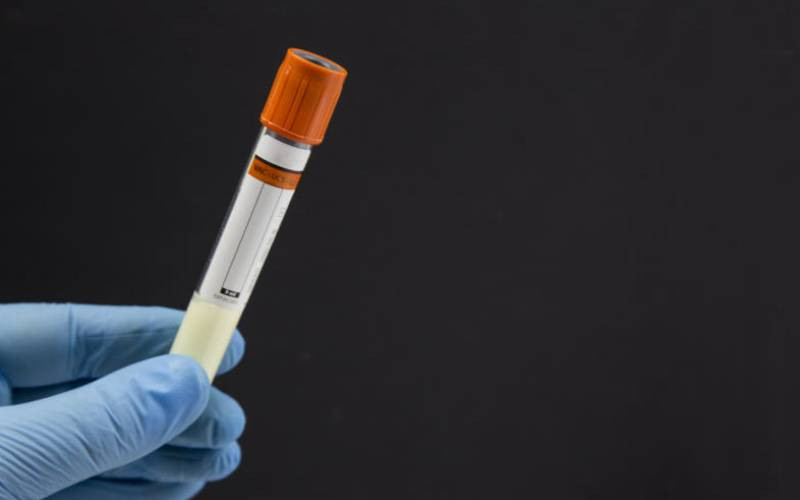
Cerebral palsy (CP) is a neurological disorder caused by a non-progressive brain injury or malformation that occurs while the child’s brain is under development. This condition may persist to older age and can lead to lifetime disability. Cerebral Palsy was first diagnosed in the 1800 by Dr William John Little from his experience both as a patient and a doctor.
Although there is no specific data on the prevalence of cerebral palsy in Kenya, population-based studies conducted by Centers for Disease Control show that globally, the prevalence of Cerebral Palsy ranges from 1.5 to more than 4 out of 1,000 live births. There is no data yet that confirms the number of people living with cerebral palsy globally.

According to Dr Supa Tunje, a paediatrician at the Machakos Level 5 Hospital says that signs and symptoms of CP in children are not readily visible at birth to a layman apart from in severe cases. The doctor explains that the signs of Cerebral Palsy may appear as late as three to five years of the child’s age but the most noticeable symptom is developmental delay in milestone.
“A child who isn’t able to sit up at four months should be checked by a doctor,” advises Dr Supa. The paediatrician however points out that there is no test to confirm or rule out cerebral palsy in a child and says that the parent/guardian of every child has the responsibility to look out for signs such as an unstable neck in a six-month-old baby. She points out that other conditions such as asphyxia (a condition of severe deficient supply of oxygen to the body that arises from abnormal breathing) help doctors to confirm the presence of CP in a patient.
A study by Orion Foundation in 2016 indicated that cases of Cerebral Palsy were thought to be higher in Africa than in Britain or the United States with major contributors being birth Asphyxia and neonatal infections.
Cerebral Palsy Alliance Research Foundation, an international organisation that supports world’s best researchers to find prevention and cure for Cerebral Palsy, has outlined the most common symptoms of Cerebral Palsy that mothers can look out for in their babies:
-Low muscle tone (baby feels ‘floppy’ when picked up)
-Inability to hold up his/her own head while lying on their stomach or in a supported sitting position
-Muscle spasms or feeling stiff
-Poor muscle control, reflexes and posture
-Delayed development (can’t sit up or independently roll over by 6 months)
-Feeding or swallowing difficulties
-Prefers to use one side of their body
 The Standard Group Plc is a multi-media organization with investments in media
platforms spanning newspaper print
operations, television, radio broadcasting, digital and online services. The
Standard Group is recognized as a
leading multi-media house in Kenya with a key influence in matters of national
and international interest.
The Standard Group Plc is a multi-media organization with investments in media
platforms spanning newspaper print
operations, television, radio broadcasting, digital and online services. The
Standard Group is recognized as a
leading multi-media house in Kenya with a key influence in matters of national
and international interest.










